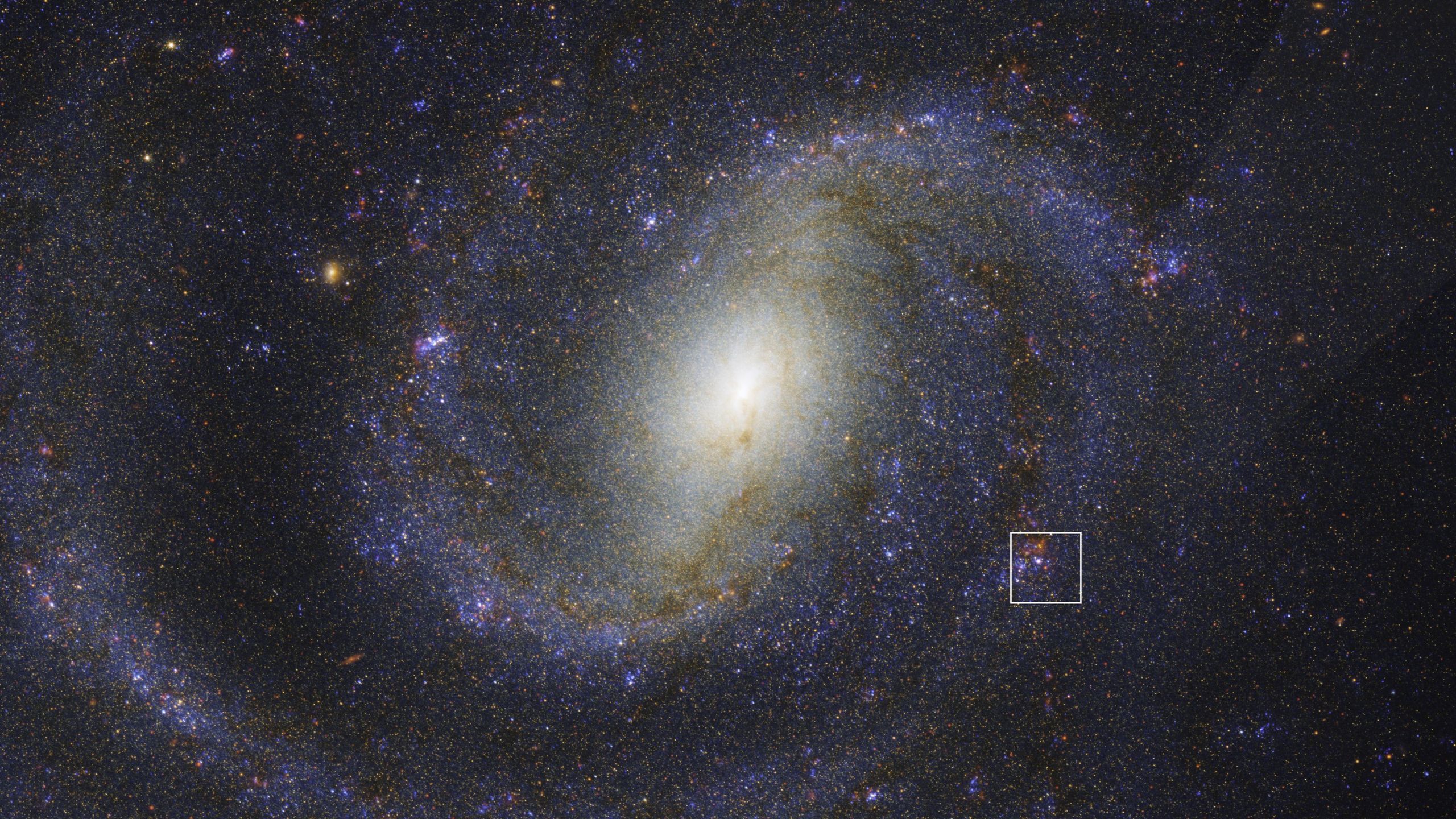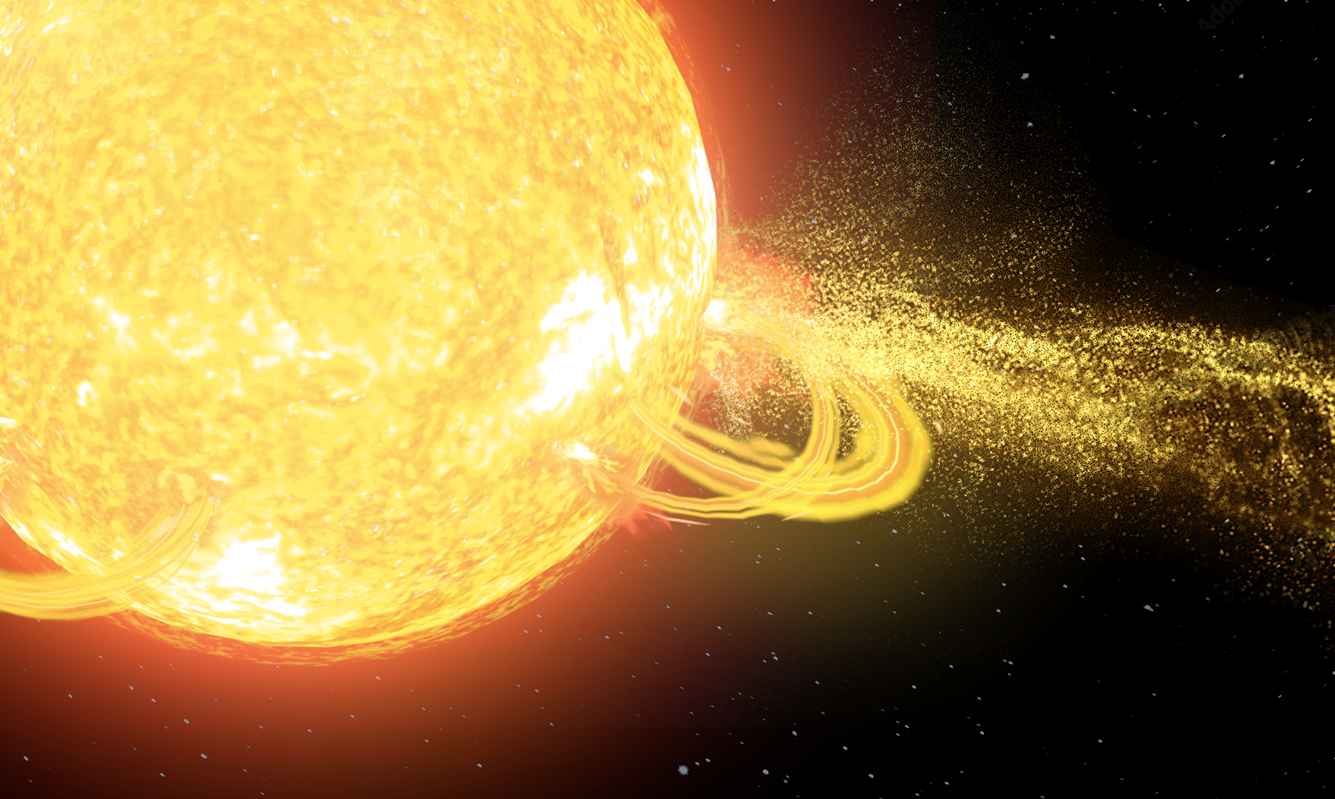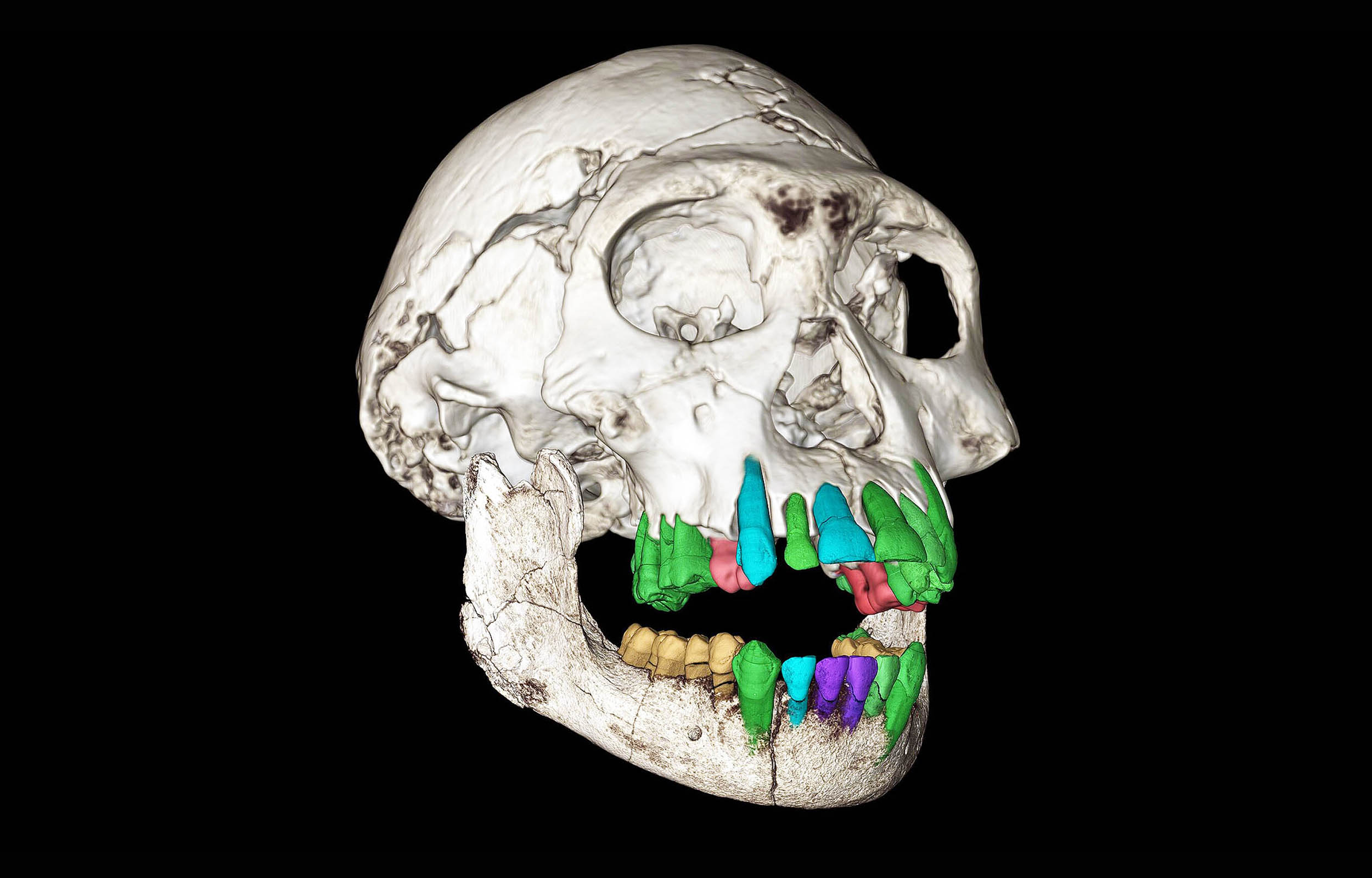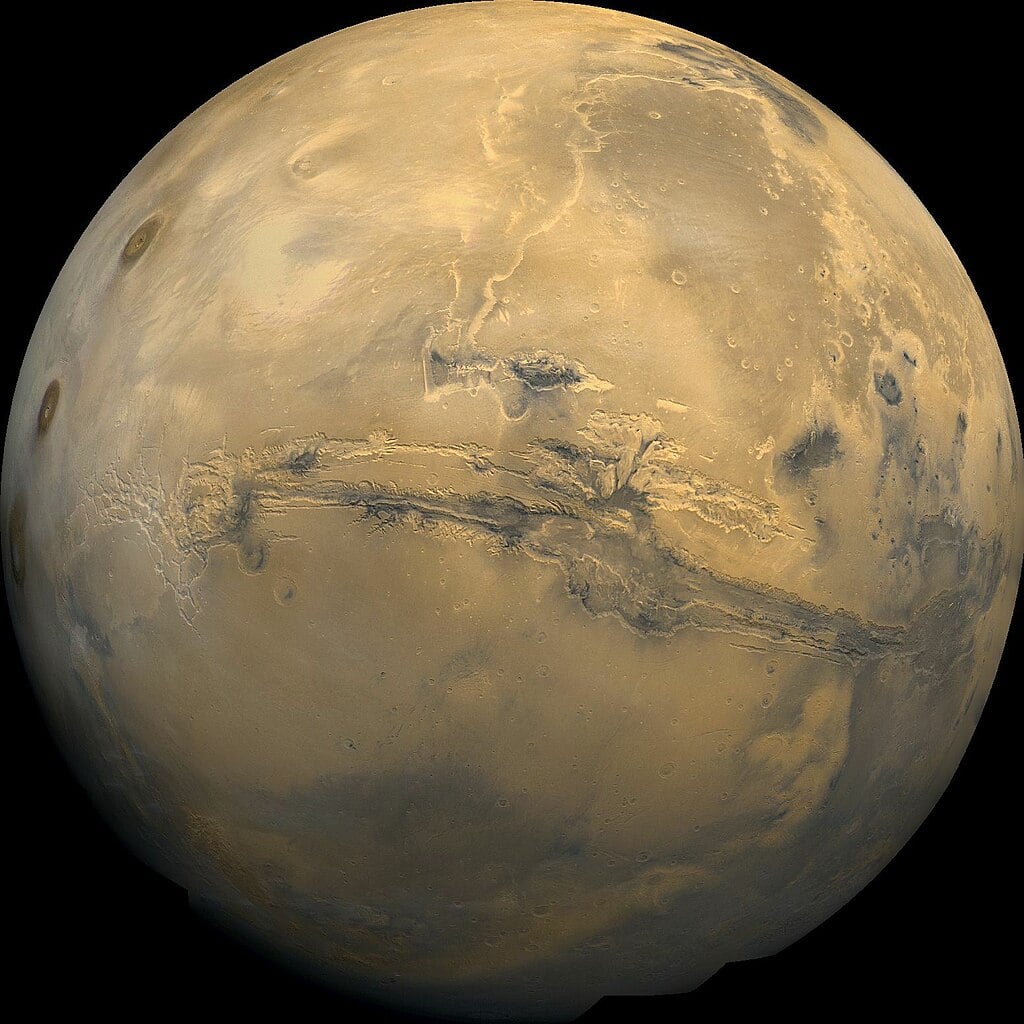NASA's Artemis II: Microscopic 'Avatar' Crew to Face Space's Deadly Hazards!

Imagine sending not just humans but microscopic avatars into the depths of space! NASA’s Artemis II mission is set to take this extraordinary leap next year, with four astronauts not alone on their journey around the Moon.
Joining them are tiny yet mighty living tissue samples encapsulated in devices called “AVATAR” chips. These chips, about the size of a USB stick, will endure the same harsh conditions of radiation and microgravity that the astronauts will face. The groundbreaking goal? To uncover how space travel impacts human biology at the cellular level before we venture even deeper into our Solar System.
Lisa Carnell, director of NASA’s Biological and Physical Sciences division, emphasizes the mission's personal touch: “So each astronaut in Artemis II is contributing their cells to create their own miniature avatars.” This innovative approach is a part of a larger initiative called AVATAR, which stands for A Virtual Astronaut Tissue Analog Response. It represents NASA’s growing fascinations with “organ-on-a-chip” technology, which lets scientists mimic human tissue functions and observe physiological changes in real-time.
At the forefront of Artemis II’s focus is bone marrow, a crucial element of our immune system. By sending personalized bone marrow samples into deep space, NASA aims to track molecular changes in these chips and compare them to the astronauts' immune responses on Earth. This data will shed light on how our bodies react to the unforgiving environment of space.
Life beyond Earth isn’t just about thrilling adventures; it poses significant biological challenges. Human biology isn’t equipped for extended exposure to space’s rigors — radiation, isolation, microgravity, and confinement can have severe effects, weakening bones and straining hearts. Steve Platts, chief scientist for NASA’s Human Research Program, has pinpointed five hazards of space flight, including radiation and distance from support. While NASA has been monitoring these challenges through extensive medical research for decades, the AVATAR project takes it further, allowing scientists to get a sneak peek into human physiology in deep space.
In tandem with the AVATAR initiative, Artemis II will also conduct a “standard measures” experiment to monitor the astronauts’ health during flight. This includes blood and urine sampling, wrist-worn sensors for tracking exposure to light and activity, and evaluations of cognition and movement. Together, this wealth of data will help NASA define “normal” health in space and set benchmarks for identifying abnormalities in future missions.
Should the AVATAR trial succeed, the sky is no longer the limit. NASA envisions sending fleets of tissue chips into the cosmos ahead of human explorers, with future iterations potentially including heart, liver, brain, or lung tissues — all offering crucial insights into how our bodies adapt to the vast unknown. The implications extend far beyond space travel; these organ-on-a-chip systems could revolutionize treatments here on Earth, allowing doctors to tailor therapies specifically to an individual’s biological model.

























